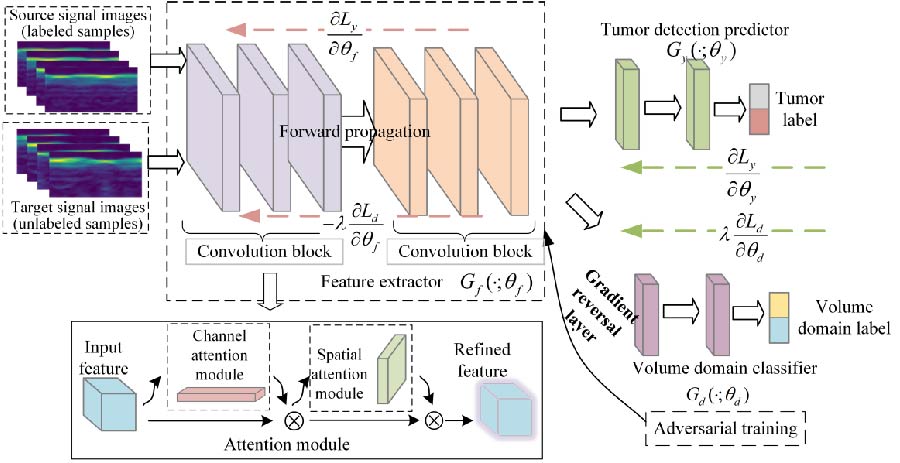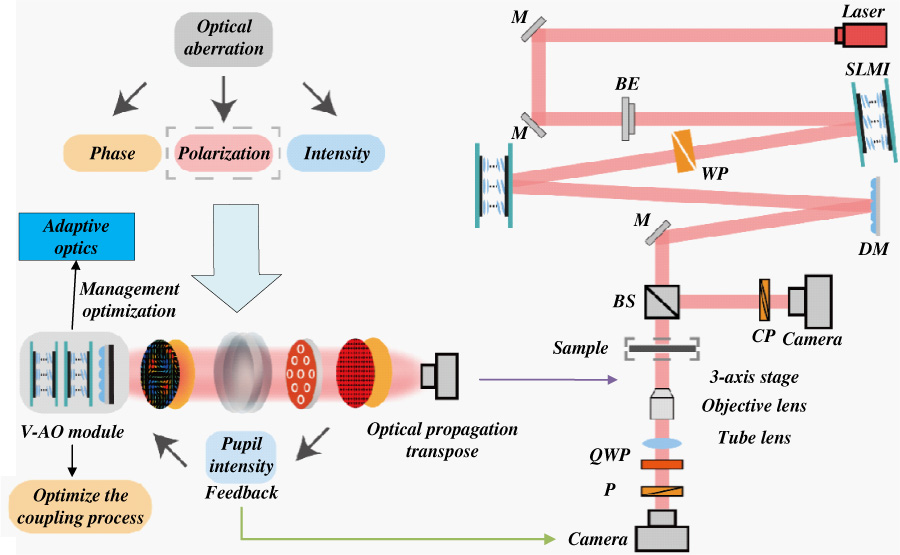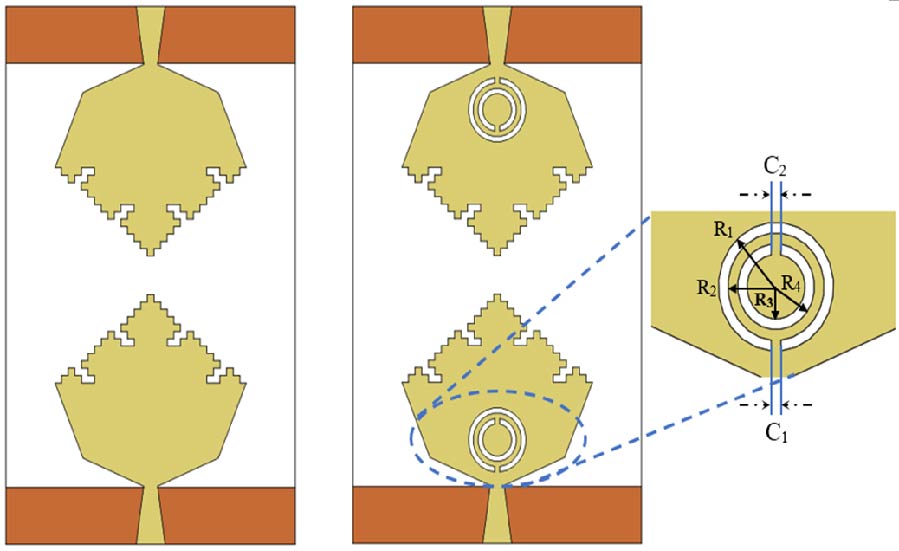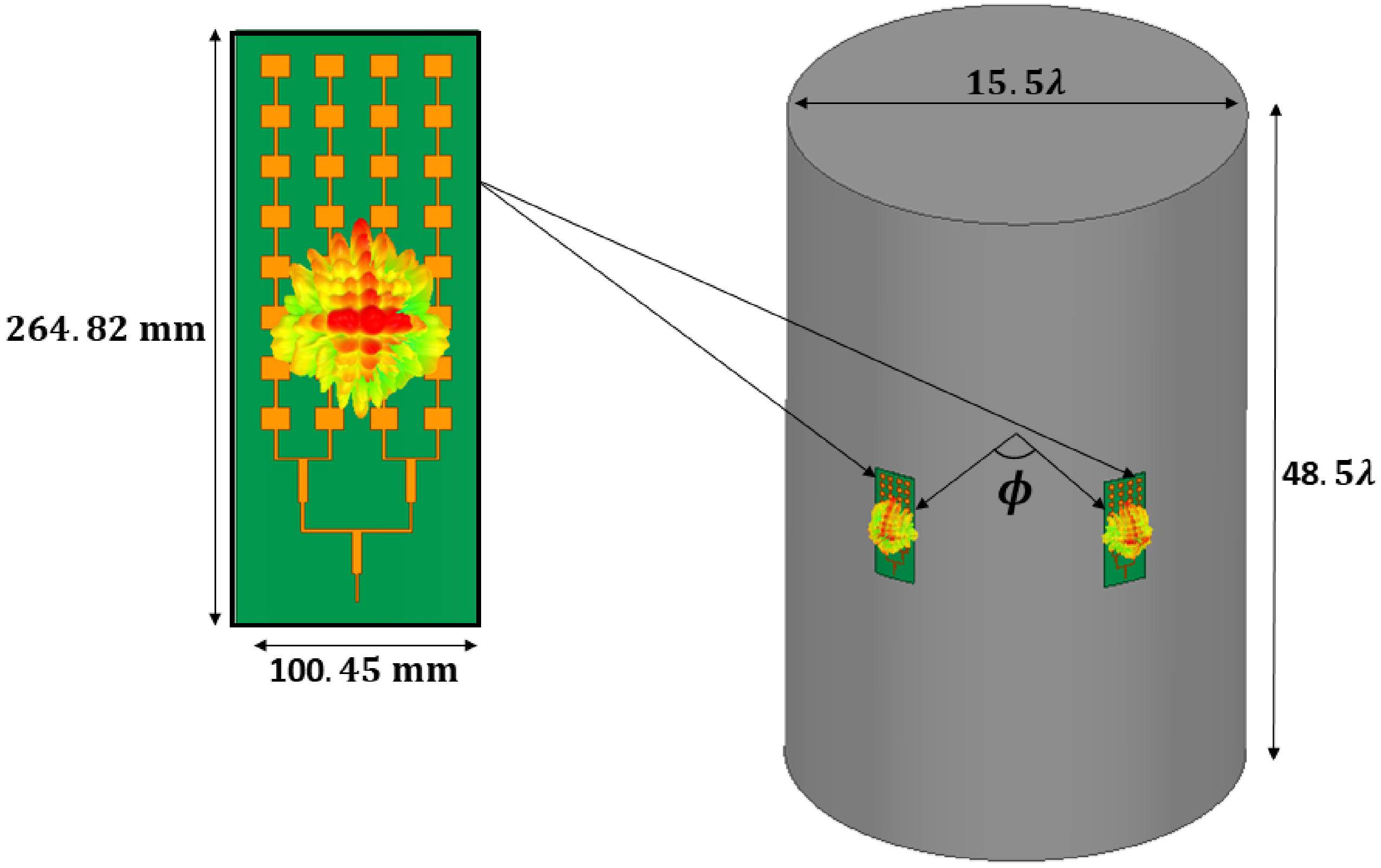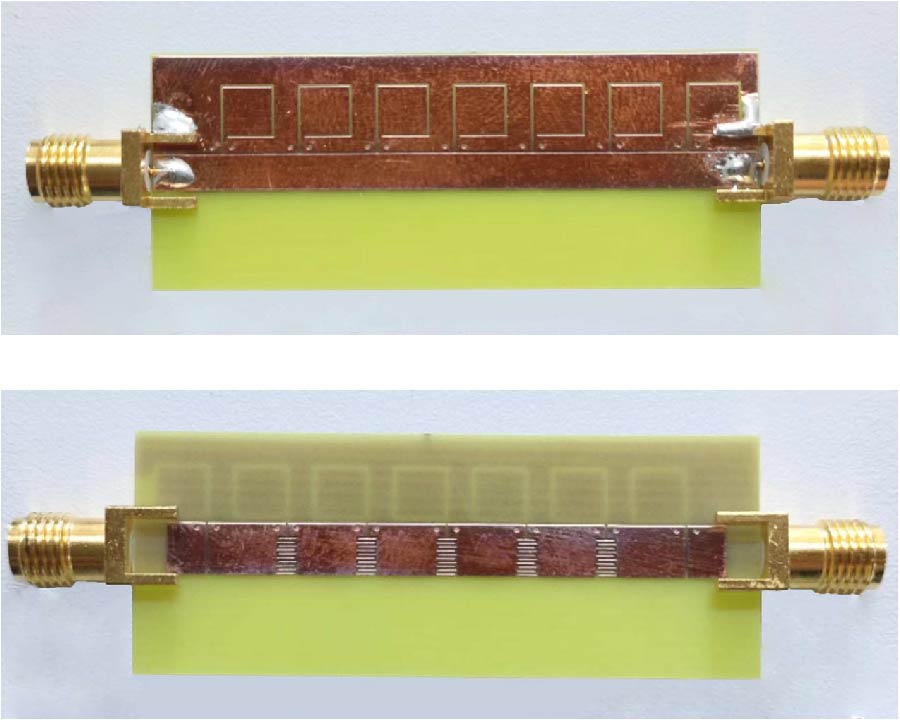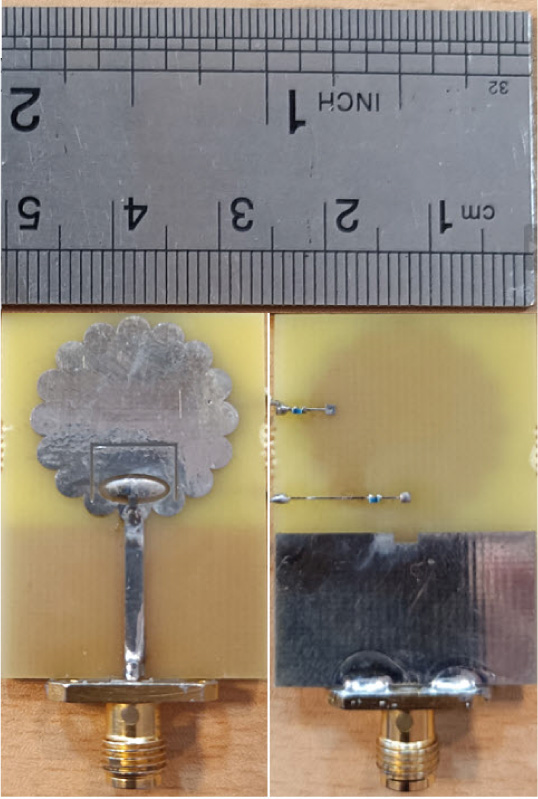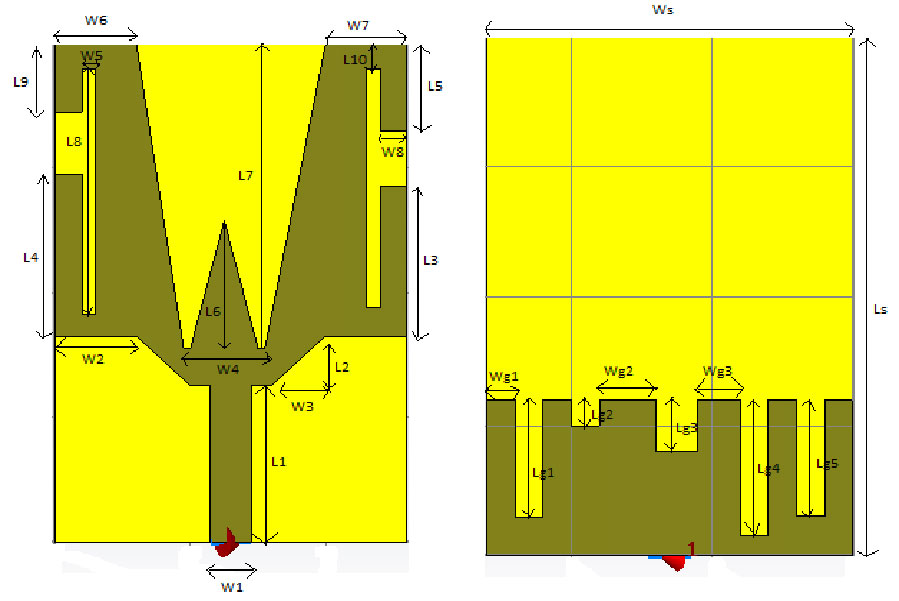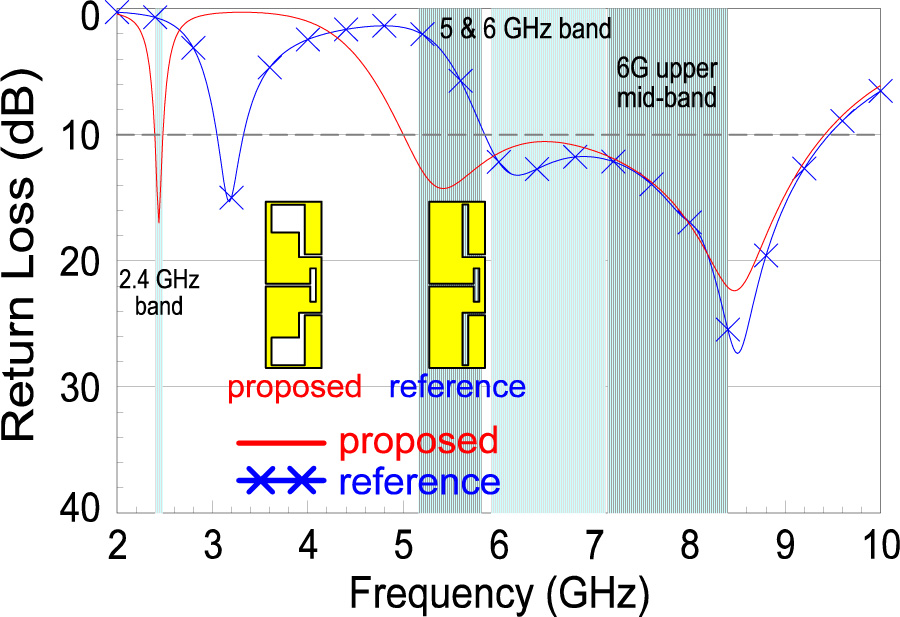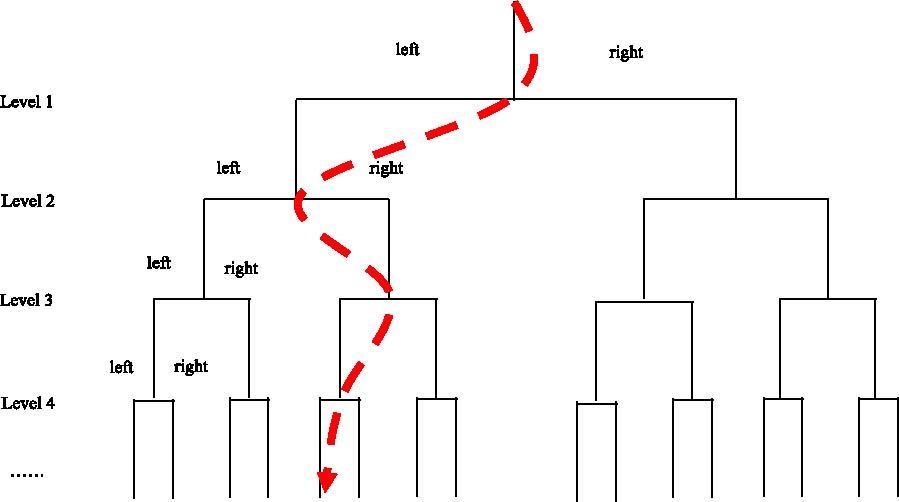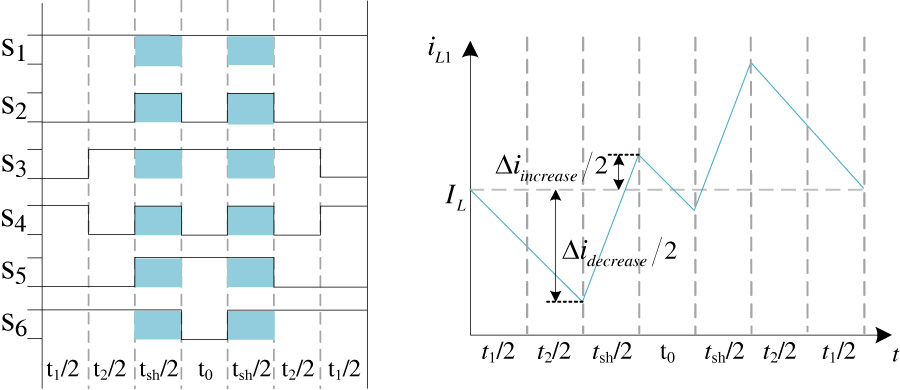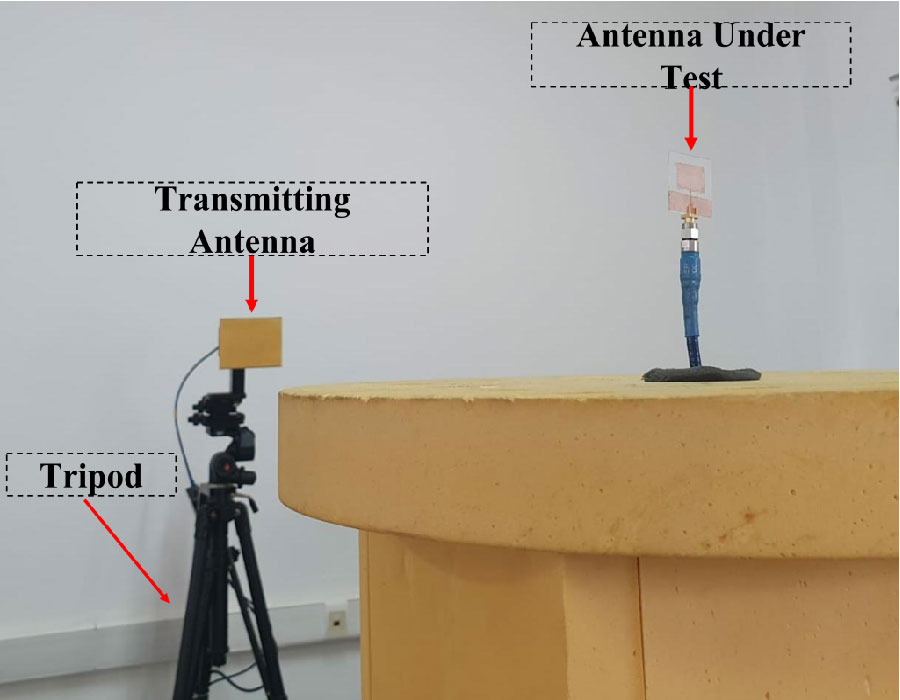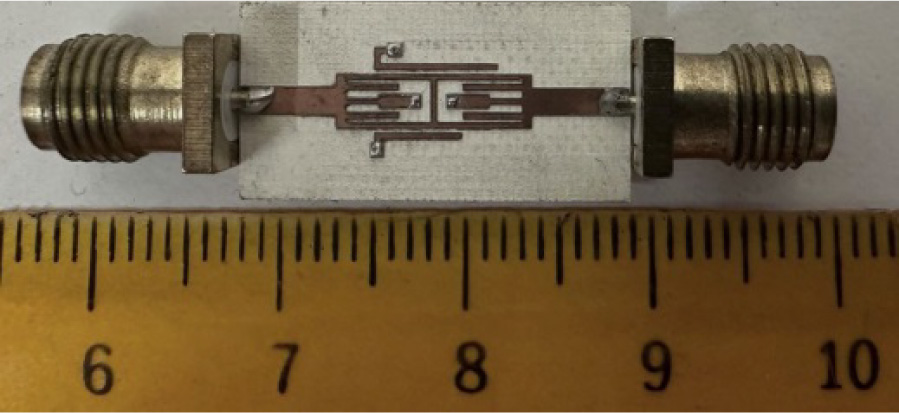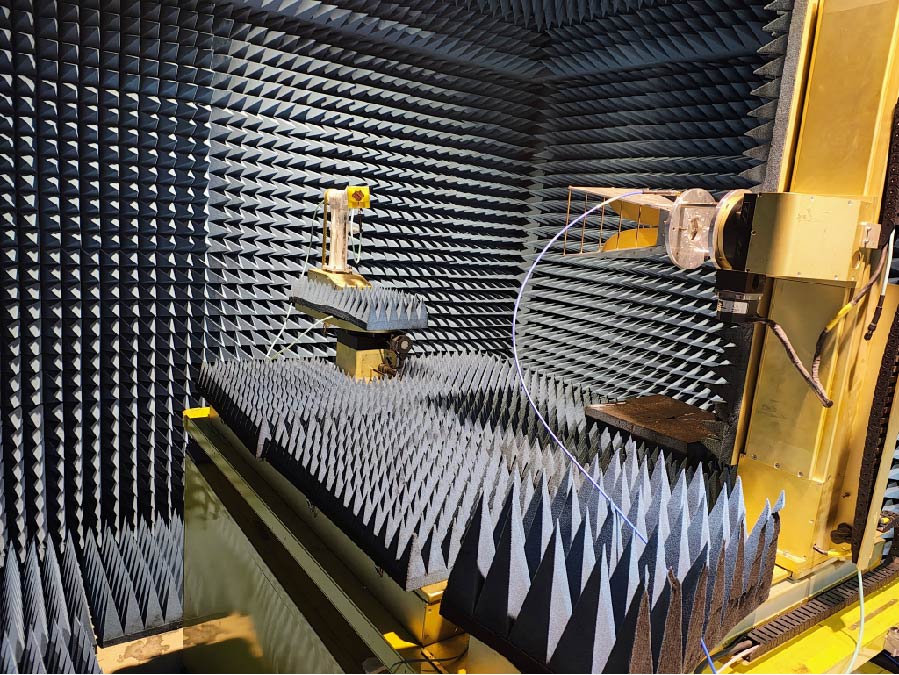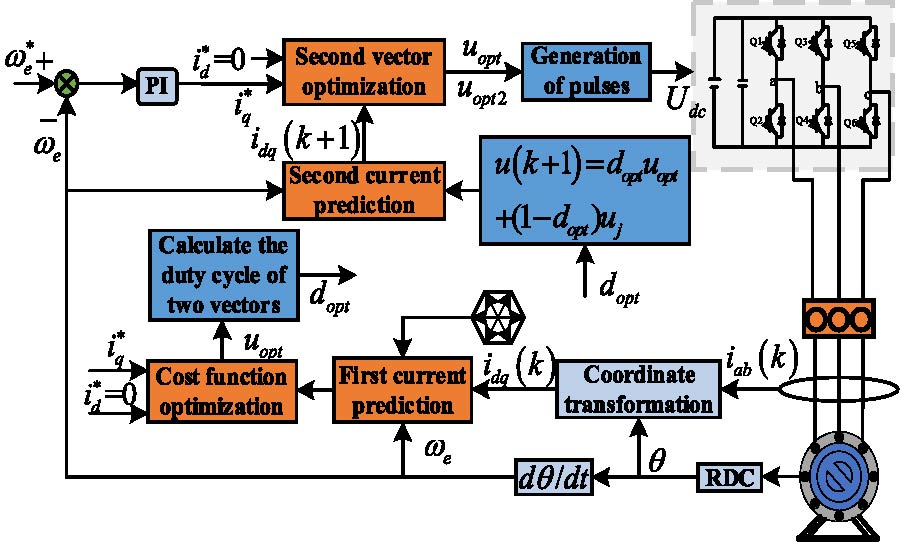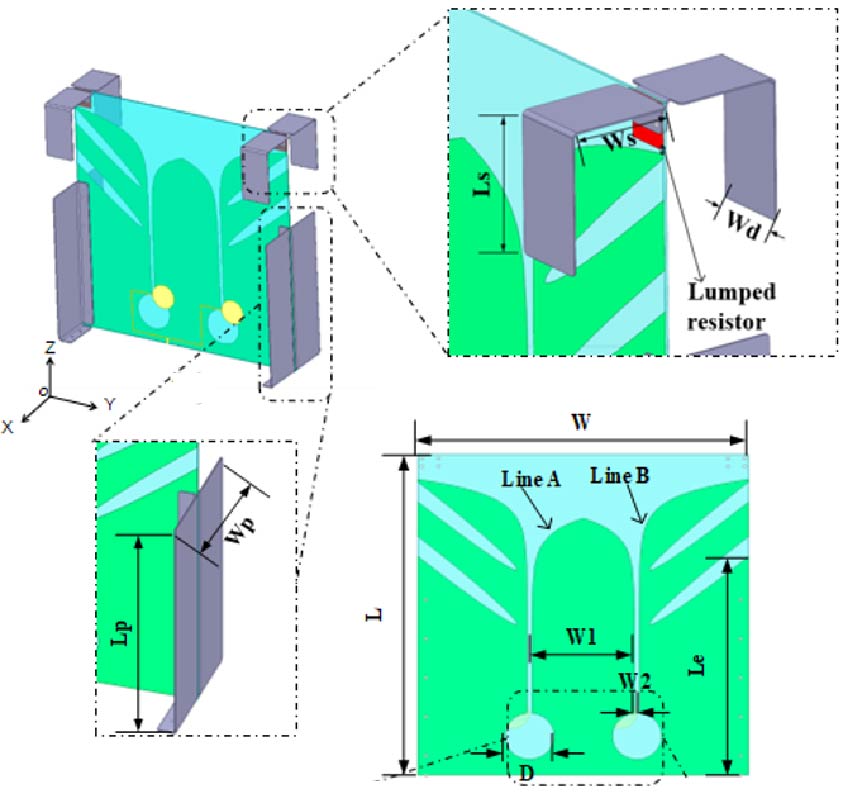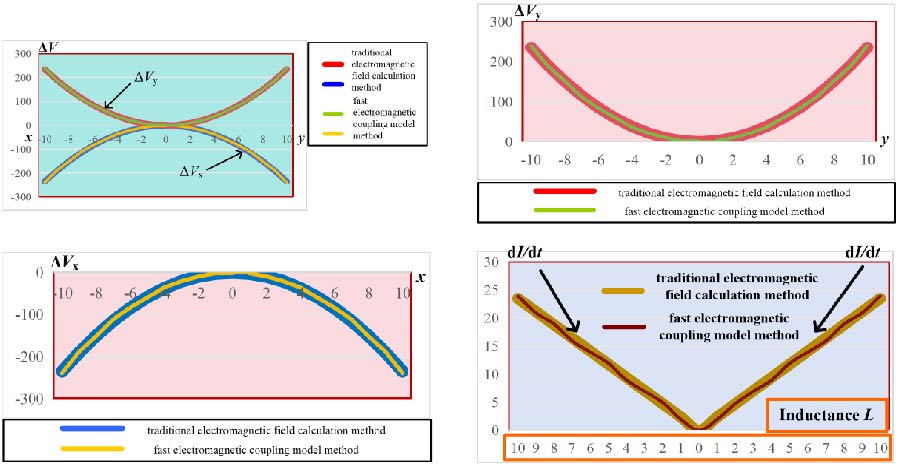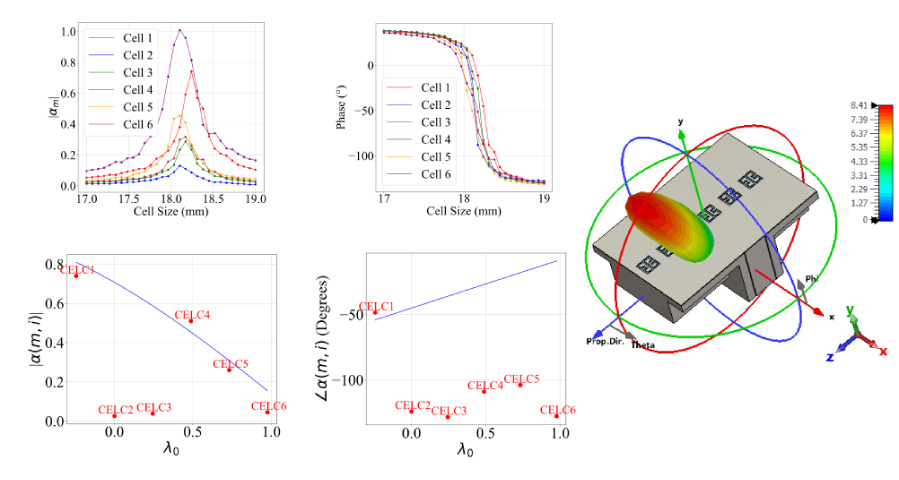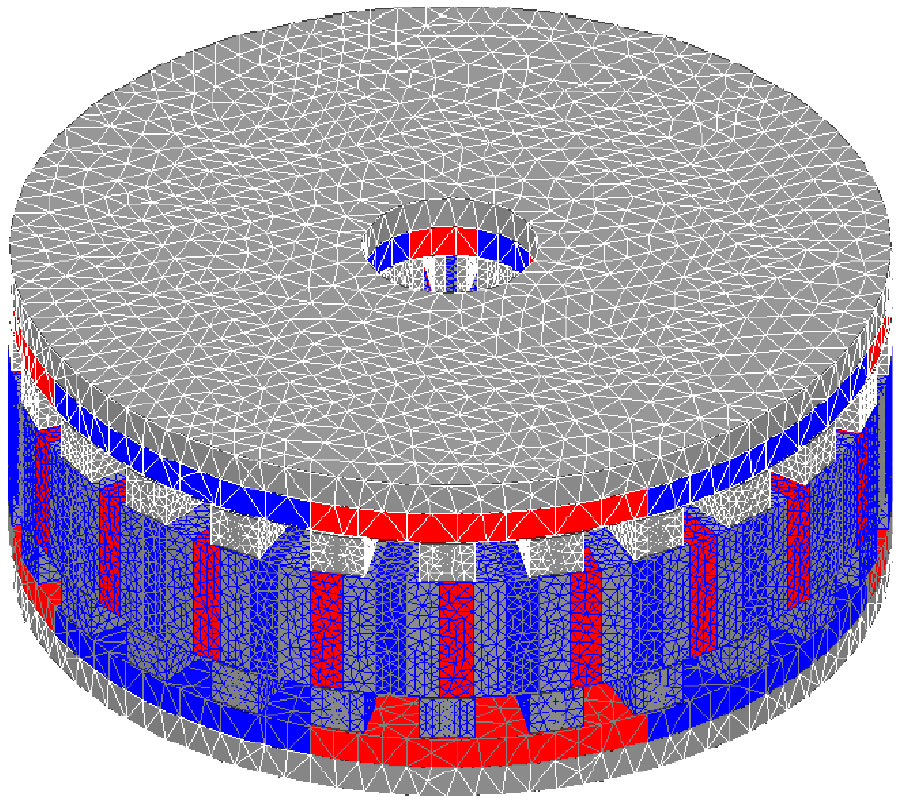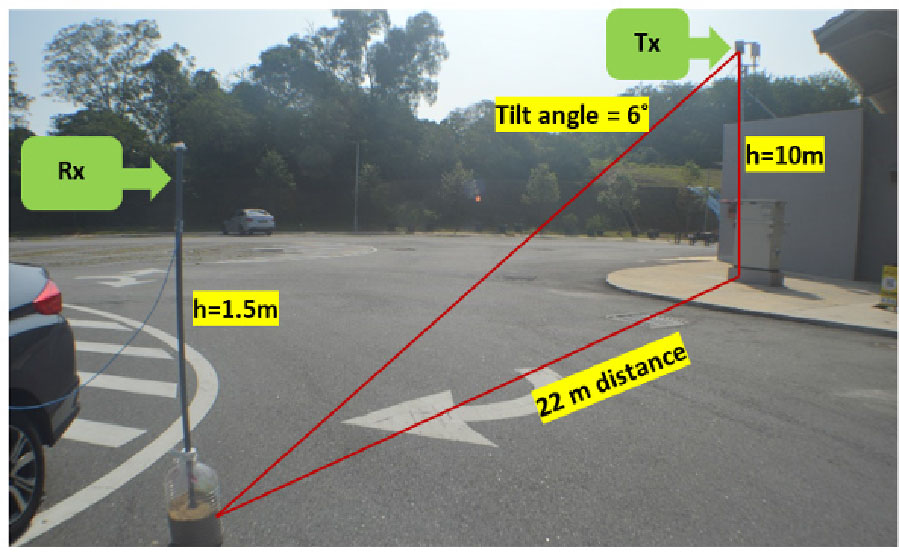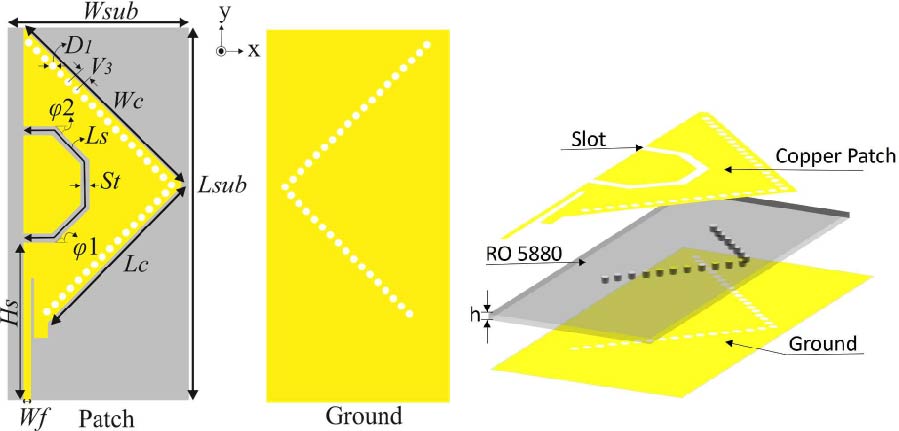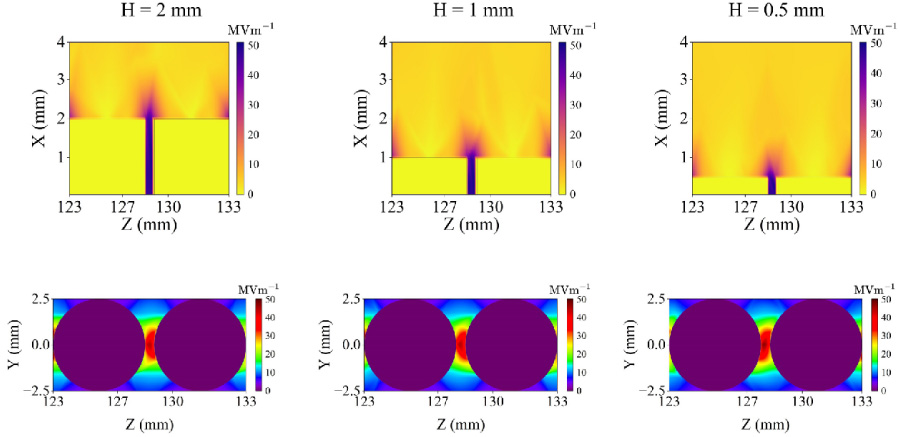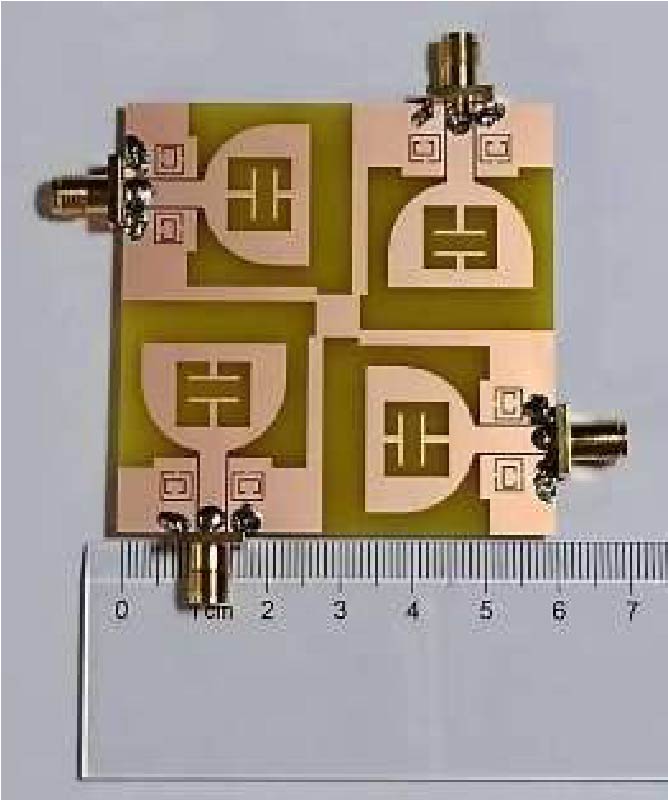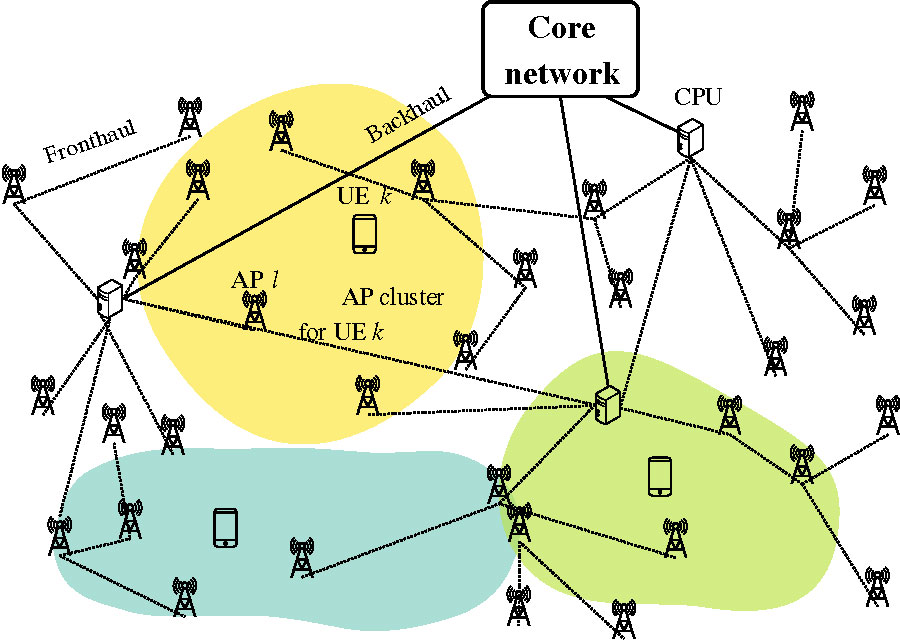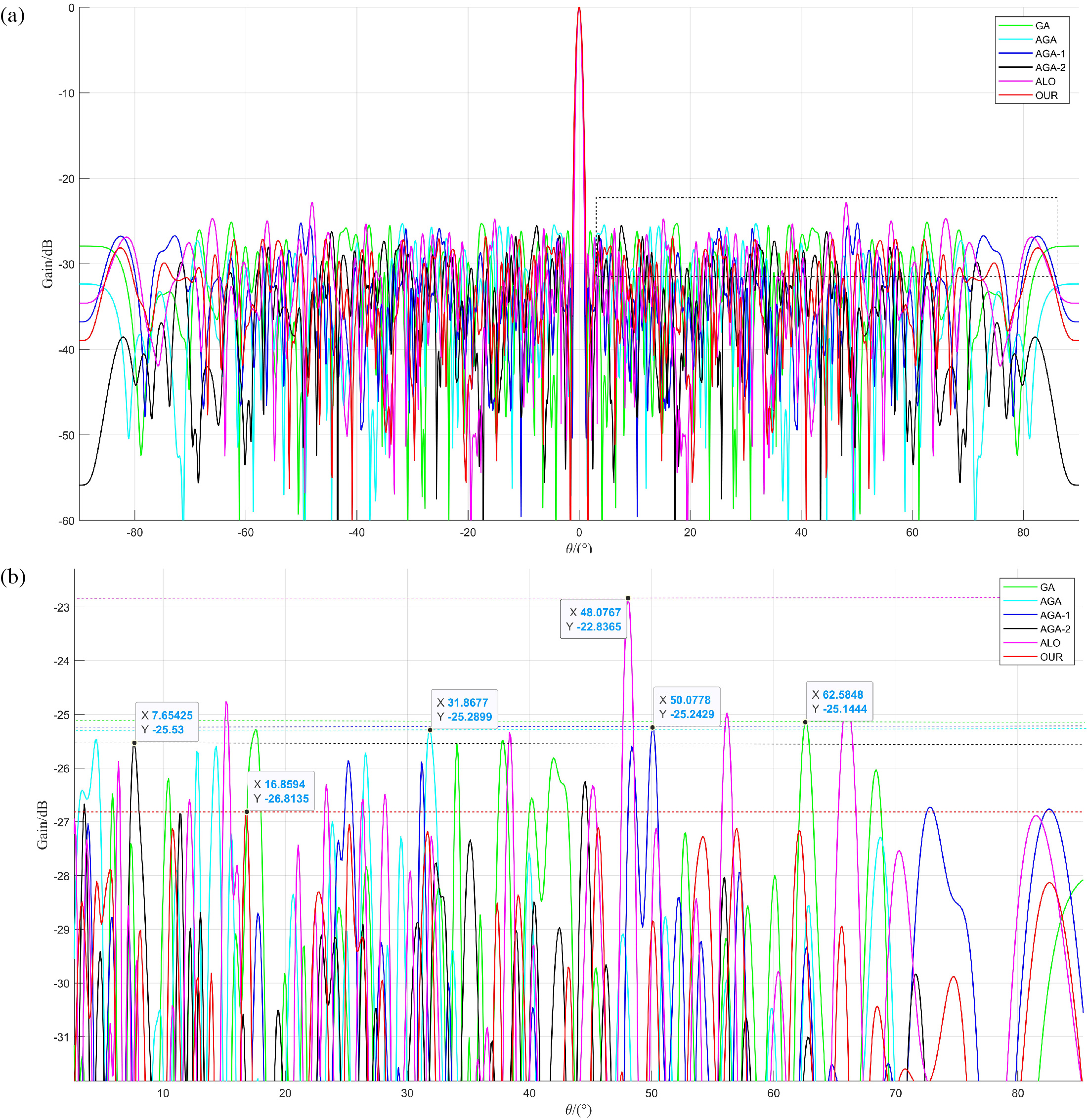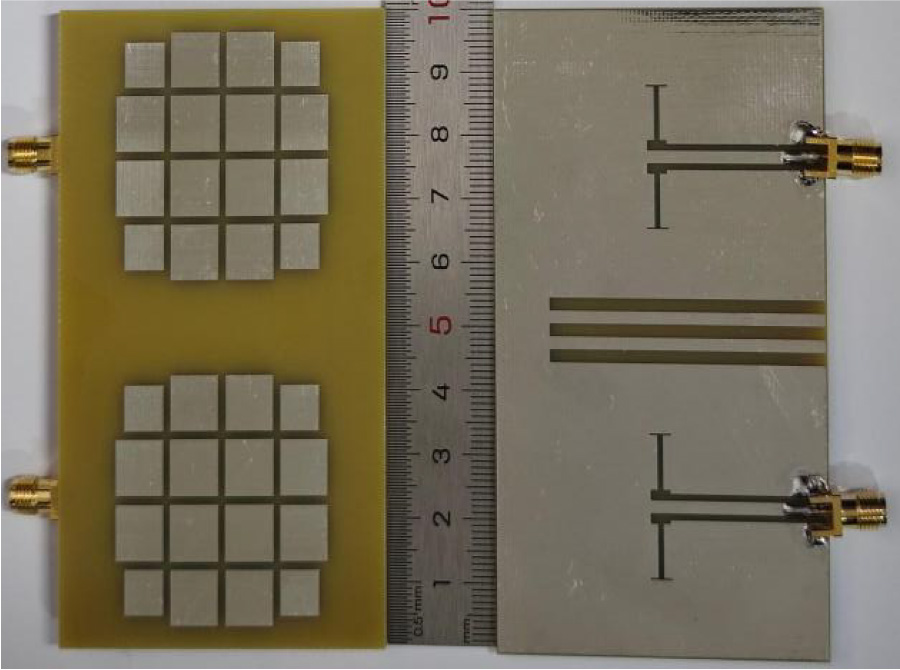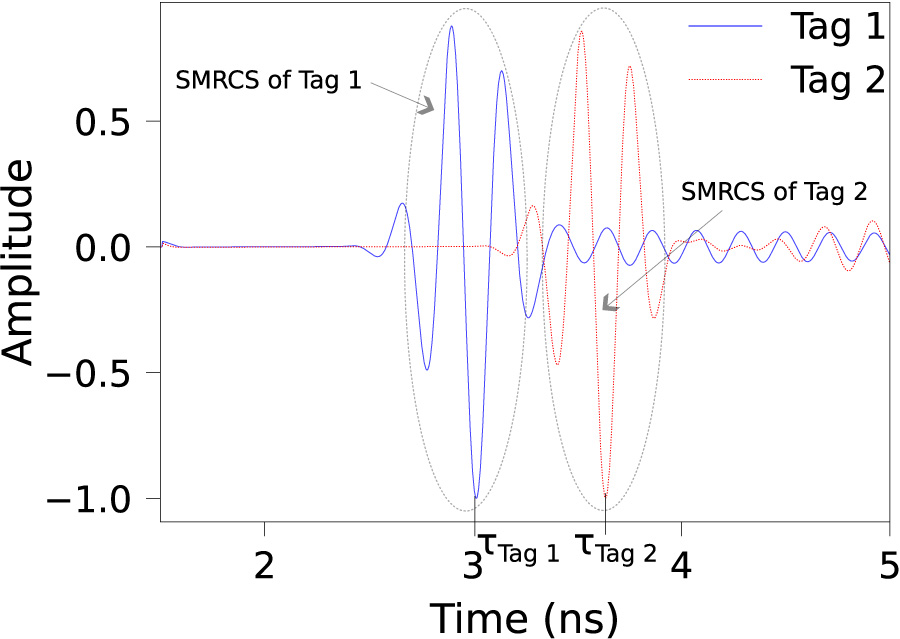Compact Size of Multiband Planar Monopole Antenna for Portable Device Applications
Bharati B. Sayankar,
Sarita B. Dhoble,
Pravin Tajane,
Kanchan D. Ganvir,
Nitin K. Choudhari and
Jyotsna S. Gawai
The proposed planar antenna features F and U shaped strips on the patch, along with U shaped slits on the ground plane, catering to WLAN/Bluetooth/WiMAX/HYPERLAN applications. Initially designed for a resonance frequency of 2.4GHz using standard formulae, the rectangular patch antenna boasts dimensions of 38.60 x 46.70 mm², totaling 1803 mm². However, employing the covering electrical length technique, the proposed antenna effectively reduces size for multiband applications. The lengths of the strips determine the resonance frequencies, while the U shaped slits facilitate adjustment of resonance frequencies as required. Following parametric optimization, the rectangular patch antenna becomes suitable for multiband operation, shrinking in size by up to 71.47% compared to its original form. The proposed antenna achieves resonance at 2.45 GHz, 3.55 GHz, and 5.37 GHz, effectively covering WLAN, Bluetooth, Zigbee, WiMAX, and HYPERLAN frequencies. Despite size reduction, the antenna maintains acceptable gain, ensuring its viability for multiband operations. The compact dimensions of the proposed planar antenna measure 39.5 x 13 mm², making it ideal for integration into small portable devices such as mobile handsets, laptop computers, and USB dongles. Following fabrication, various parameters of the antenna are measured using a Vector Network Analyzer (VNA), including reflection coefficient, Voltage Standing Wave Ratio (VSWR), and impedance.
